Serving Grandfamilies in Libraries
A Handbook and Programming Guide
Sarah Gough, Pat Feehan, and Denise Lyons
THE SCARECROW PRESS, INC.
Lanham Boulder New York Toronto Plymouth, UK
2014
Published by Scarecrow Press, Inc.
A wholly owned subsidiary of Rowman & Littlefield
4501 Forbes Boulevard, Suite 200, Lanham, Maryland 20706
www.rowman.com
10 Thornbury Road, Plymouth PL6 7PP, United Kingdom
Copyright 2014 by Scarecrow Press, Inc.
All rights reserved . No part of this book may be reproduced in any form or by any electronic or mechanical means, including information storage and retrieval systems, without written permission from the publisher, except by a reviewer who may quote passages in a review.
British Library Cataloguing in Publication Information Available
Library of Congress Cataloging-in-Publication Data
Gough, Sarah, 1984
Serving grandfamilies in libraries : a handbook and programming guide / Sarah Gough, Pat Feehan, Denise Lyons.
pages cm
Includes bibliographical references and index.
ISBN 978-0-8108-8763-3 (pbk. : alk. paper) ISBN 978-0-8108-8764-0 (ebook) 1. Libraries and familiesUnited StatesHandbooks, manuals, etc. 2. Libraries and caregiversUnited StatesHandbooks, manuals, etc. 3. Grandparents as parentsServices forUnited StatesHandbooks, manuals, etc. 4. LibrariesActivity programsUnited StatesCase studies. 5. Grandparent and childUnited States. I. Feehan, Patricia E. II. Lyons, Denise, 1970 III. Title.
Z711.92.F34G68 2014
027.6dc23 2013031582
 The paper used in this publication meets the minimum requirements of American National Standard for Information SciencesPermanence of Paper for Printed Library Materials, ANSI/NISO Z39.48-1992.
The paper used in this publication meets the minimum requirements of American National Standard for Information SciencesPermanence of Paper for Printed Library Materials, ANSI/NISO Z39.48-1992.
Printed in the United States of America
Preface
I cant remember when I first heard the term embedded librarian. I am sure it was at a conference or possibly an article I was reading. The truth is, many librarians have been embedded in their communities for a very long timenot all librarians, but many. Every profession has people who do things in a very traditional way and others who are more free-form in their work style. As you may be able to guess, I am the latter. My personal philosophy is that library service is very interconnected with social service. We are part of a greater good, and together we build community. I know that some people have been doing these activities for years and others are still struggling to define what library means to them in a world that shifts from the print to the digital. I believe that because I do things in a less traditional way, I am often attuned to service needs. My life before libraries focused on working in and with nonprofit organizations so I come from a background that is very mission-driven. This has assisted me in trying to develop very community-centered programming, which I have been fortunate enough to do in my library life.
Perhaps the most defining of the programs that I have either created or implemented would be on the topic of grandparents raising grandchildren. It was through a chance meeting that I was able to connect with two people from a city office whose job was a combination of social service and social work. While it seemed completely natural for me to connect them to library service, I also realized that internally we were still struggling with how, on a broader organizational level, we could be responsive to the needs of the community. I was able to join the steering committee, which gave us (the library) an opportunity to promote our services, encourage cross-departmental citywide initiatives, and help this population in need of service.
The program was a very grassroots effort. The Dallas County KinCare Committee was comprised of people who came together to serve grandparents raising their grandchildren and, in some cases, other kinship programs. Each of us had our other full-time jobs to do and limited resources to go around. However, once I started learning about the need from this groupI, neither a grandparent nor a parentfelt that it was critical to get involved. At the time, the city had already done some of the demographic research on the topic. The AARP was active in its effort to serve grandparents, funding a Grandparent Information Center on the national level and other efforts on the state and local levels. The library already provided a centralized group of resources along with knowledgeable and helpful staff; with some direction, we could serve this special population and highlight all the good things that the library does and would continue to do.
The beginning idea was an easy one because it was a matter of organizing resources and bringing the community together. We wanted the library to be a place for information and also for the personal connection, the service that we are committed to providing for our customers. There are two parts of the program that I felt especially proud ofone is something that is simple and the other has the potential for a longer-term positive impact. The Grandparents Chair was something that came out of our desire to have a place in the first collection where grandparents could read through the materials, especially if they had a child with them. In early literacy circles, we often talk about modeling, and when you create a special place to read together, it does just that. The Grandparent Support Groups were another wonderful attribute of the program. The groups themselves gave everyone a place to share his or her story and perhaps gain some insight from others experiences. It also provided an opportunity for others in the community to take responsibility for the success of the program. You didnt have to be any kind of official (such as a librarian or social worker) to be the groups facilitator. This really empowered people in the group to take ownership of their experience. Sitting in some of those meetings, I realized the depth and breadth of this issue and how everyday people were trying to make a positive difference in a generation of children who were seemingly falling through the cracks. I dont know if society realized what an epidemic this was becoming. Surely the issues across the countryfrom health care to education to transportationalways seemed to grab the spotlight. However, in every area of the country sits a generation of children whose parents can no longer parent, and an aging generation of grandparents trying to hold it all together.
I spent some of my free time assisting the most elderly of our Dallas grandparents. We helped move furniture and paint walls. We set up a computer. My uncle sent a Bissell vacuum cleaner so the family had something new to keep the house clean, especially from the various allergens that one grandchild was facing. When I asked one grandmother what she most needed, she said, I would like some Pine Sol. Not the generic kind but the real kind. A simple request and easy to provide as we look around and see so many people with so much excess. I know many work hard for what they have and that many of those people also provide generous support through nonprofit organizations, churches, and other charitable works. However, there should also be a concerted effort to pull resources together. If families who take in foster children receive governmental assistance, then why shouldnt grandparents who are raising their grandchildren be afforded the same? Many of our elderly grandparents go without medicine and food to provide for the children. I do not think it needs to be an either/or situation.
This book demonstrates how we can come together in community and continue supporting each other. It gives practical ways that people can assist in this population through the public library. It emphasizes resources that can help make a difference. I am especially grateful to all those who were doing this work long before I came around and those who continue to do it with little recognition. I commend our South Carolina libraries for supporting the effort and the South Carolina State Library for providing support for these centers. With the additional support of Dr. Pat Feehan and Sarah Gough from the University of South Carolina, we saw increased recognition and awareness of the issue and also positive solutions. I believe that all of these efforts continue to make a difference in the lives of grandparents and their families. This is the way that I continue to pay it forward, and I hope you will, too.
Next page

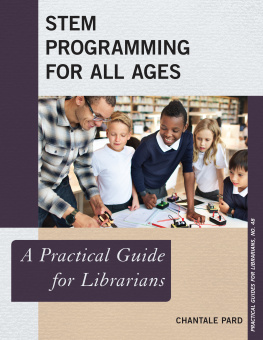
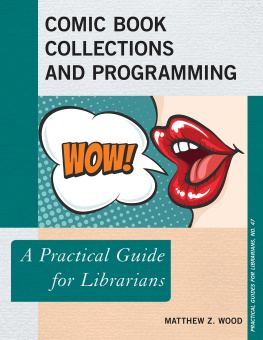

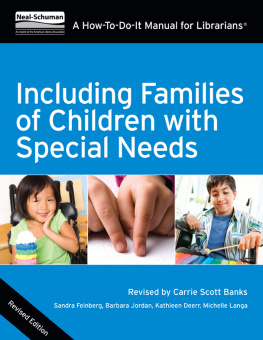

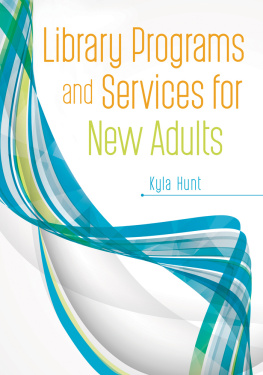
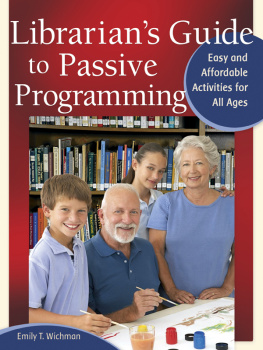

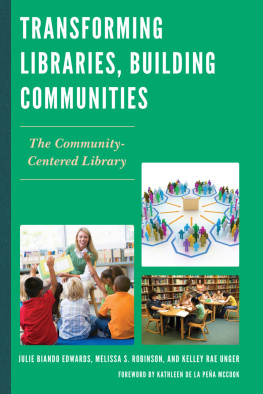
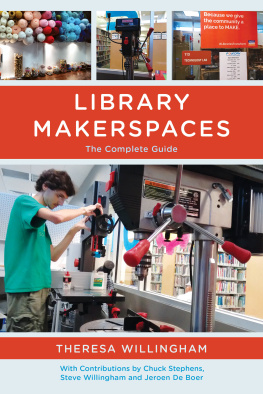
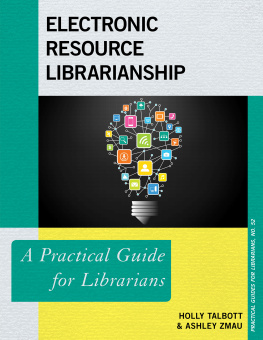
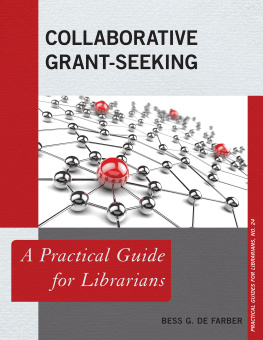
 The paper used in this publication meets the minimum requirements of American National Standard for Information SciencesPermanence of Paper for Printed Library Materials, ANSI/NISO Z39.48-1992.
The paper used in this publication meets the minimum requirements of American National Standard for Information SciencesPermanence of Paper for Printed Library Materials, ANSI/NISO Z39.48-1992.